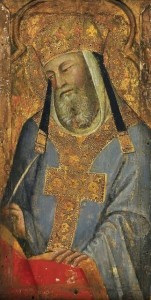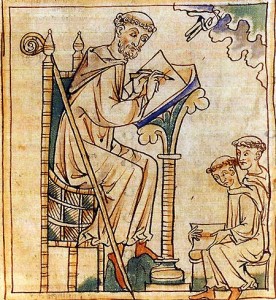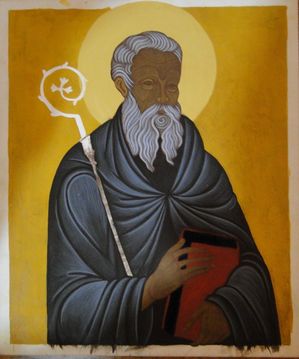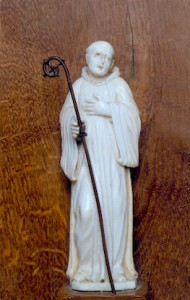 I am reminded by my own heart that the the early morning is a particularly good time of the day to be clothed in a special silence, but there are time at dusk that the discipline of silence is helpful. This is an essential part of spiritual maturity, an adult faith in Divine Providence. Listening and speaking to the Trinity is done when the heart and mind are slowed, even word-less. Knowing and following God’s will is only possible if we give a certain amount of day to quiet, that is, silence. Not a punishing silence, not a hopeless silence, but a manner of being that helps us to see ourselves in action: the manifestation of the virtues of faith, hope, charity, justice, peace, perseverance, etc.
I am reminded by my own heart that the the early morning is a particularly good time of the day to be clothed in a special silence, but there are time at dusk that the discipline of silence is helpful. This is an essential part of spiritual maturity, an adult faith in Divine Providence. Listening and speaking to the Trinity is done when the heart and mind are slowed, even word-less. Knowing and following God’s will is only possible if we give a certain amount of day to quiet, that is, silence. Not a punishing silence, not a hopeless silence, but a manner of being that helps us to see ourselves in action: the manifestation of the virtues of faith, hope, charity, justice, peace, perseverance, etc.
Blessed Guerric in his 28th sermon says,
“As the Christ-child in the womb advanced toward birth in a long, deep silence, so does the discipline of silence nourish, form and strengthen a person’s spirit, and produce growth which is the safer and more wholesome for being the more hidden.”
Silence, therefore, is a gift that allows us to enter more deeply into the revealed Word of God, the biblical narrative through the practice of lectio divina, the practice of prayerfully reading the sacred Scripture. It is, I am convinced, the new springtime of the Church as Benedict XVI said, proposing once again the ancient Christian practice. Most often we when we hear the words lectio divina we think of monastic reading where the person is immersed in God’s holy word with the distinct desire to seek the face of God, thus making a home for that Word in his heart.
The famous Cistercian father Blessed Guerric of Igny (c. 1070/80-1157) was influenced by Origen and whose formation was under Saint Bernard was quite insightful on many things when it came to liturgical theology and the monasteric life.
If you are inclined to read more about what this Cistercian father taught, you may want to pick up a copy of John Morson’s Christ the Way: the Christology of Guerric of Igny (Liturgical Press). But his liturgical sermons are worth every effort; they are published by Liturgical Press, too.
Blessed Guerric taught the following to his brothers lectio divina:
Search the Scripture. For you are not mistaken in thinking that you find life in them, you who seek nothing else in them but Christ, to whom the Scriptures bear witness. Blessed indeed are they who search his testimonies, seek them out with all their heart. Therefore you who walk about in the gardens of the Scriptures do not pass by heedlessly and idly, but searching each and every word like busy bees gathering homey from flowers, reap the Spirit from the words. (Sermon 54)
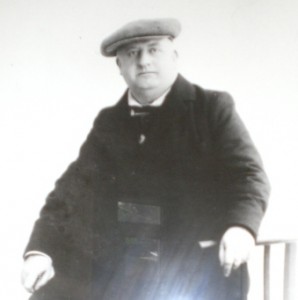 Today –at least in the Benedictine world– is the liturgical memorial of Blessed Columba Marmion (1858-1923). Dublin born and educated, Joseph Marmion first found his vocation as a secular priest before giving himself as a Benedictine monk at the Abbey of Maredsous in Belgium. In 1909, Dom Columba Marmion was elected of Abbot of Maredsous.
Today –at least in the Benedictine world– is the liturgical memorial of Blessed Columba Marmion (1858-1923). Dublin born and educated, Joseph Marmion first found his vocation as a secular priest before giving himself as a Benedictine monk at the Abbey of Maredsous in Belgium. In 1909, Dom Columba Marmion was elected of Abbot of Maredsous.